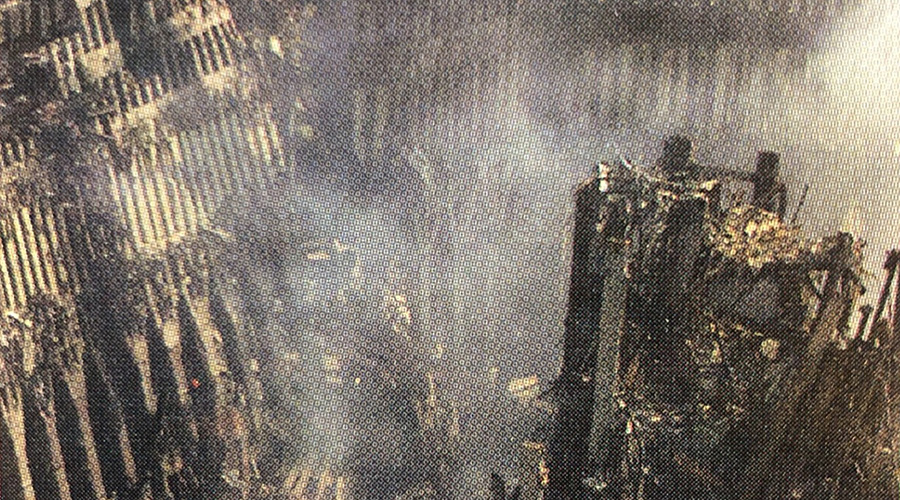Legal Significance of ANSI/ASHRAE Standard 188-2015
Absent egregious circumstances, when plaintiffs file Legionnaire’s disease claims and lawsuits, they face the burden of proving negligence if their demand is to stand a chance of success. To establish negligence, claimants must show the existence of a legal duty of care, breach of that duty, causation between the breach and the alleged injury, and damages. In addressing the elements of duty and breach of duty, courts generally focus on whether the party accused of causing the harm fell below the industry standard of care that a reasonably prudent person would have exercised in like circumstances.
Prior to adoption of ANSI/ASHRAE Standard 188-2015, a number of courts have dismissed plaintiffs’ claims, finding that plaintiffs failed to establish a standard of care with respect to how (if at all) building owners or facility managers were to guard against the risks posed by Legionella bacteria in building water systems. Of particular importance to the courts was that there were no industry standards beyond mere guidelines prescribing risk management requirements for building water systems.
For example, a Virginia federal court dismissed a $20 million wrongful death Legionnaires’ disease case against the property manager of a condominium complex after finding “[s]uch guidelines and publications alone are not enough to establish the standard of care” and that “[p]laintiff has not produced any other evidence of the requisite standard of care, such as governmental regulations or industry standards, that could perhaps establish the requisite element of duty.” (Flaherty v. Legum & Norman Realty, Inc., No. 1:05-1492, 2007 WL 4694346, at *14, *15 (E.D. Va. Jan. 4, 2007), aff’d, 281 Fed. Appx. 232 (4th Cir. 2008).
An appellate court in New Jersey dismissed a wrongful death case against the owner and manager of a commercial office building, noting “There are no industry standards that required [the building owner] to have done anything more than what it did in response to the salient facts of this case.” (Vellucci v. Allstate Ins. Co., 431 N.J. Super 39, 55, 66 A. 3d 215 (2013)).
Similarly, earlier this year, a federal court in Nevada dismissed a plaintiff’s punitive damages demand against a hotel, observing “Moreover, courts have focused on the lack of industry standards and government regulations surrounding Legionella prevention when dismissing claims at the summary judgment phase. Because Legionella infection is a rare and relatively unforeseeable occurrence, there is no clear set of prevention guidelines [the hotel] could have willfully ignored. And plaintiffs certainly do not point to one.” (Taylor v. Aria Resort & Casino, LLC, No. 2:11-CV-01360-APG, 2015 WL 751360, at *3 (D.Nev. Feb. 23, 2015)).
With adoption of ANSI/ASHRAE Standard 188-2015, it is expected that plaintiffs’ counsel will argue that the playing field has changed. Although the legal significance of this new industry standard is yet to be determined, it could have a profound impact on Legionnaires’ Disease claims and litigation — especially where, as in New York, the new consensus standard is adopted into state and local laws and/or building codes.
In many states, building codes can provide the standard of care for an underlying negligence claim. In other words, a building code violation constitutes negligence per se. In these jurisdictions, establishing the defendant’s violation of a building code might establish both the duty of care the defendant owed to the plaintiff and breach of that duty (the plaintiff must still prove proximate cause and damages). Other states do not apply the rule of negligence per se to building code violations. However, even in those jurisdictions, violations generally may be admitted as evidence of negligence.
Even where not adopted into law or building codes, voluntary industry standards such as ANSI/ASHRAE 188-2015 are often argued to serve as evidence to help establish the appropriate standard of care in a negligence action. Although standards lacking the force of law do not conclusively establish the industry standard of care, they often are cited as illustrative of safety practices or rules generally prevailing within the industry — especially where there is a showing of general acceptance in the industry concerned.
Provided that an expert witness is qualified to testify regarding the requisite standard of care for that industry, an industry standard representing consensus opinion can provide support for the opinions of an expert concerning the proper standard of care and an alleged breach thereof. Moreover, adoption of a standard by the American National Standards Institute (ANSI) may offer support for an argument that the standard has achieved industry acceptance (a precondition to establishing an industry standard of care). ANSI defines “Consensus” (the basis on which ANSI/ASHRAE 188-2015 was promulgated) as “substantial agreement reached by directly and materially affected interest categories” after requiring that “all views and objections be considered, and that an effort be made toward their resolution.”
A quick review of ANSI/ASHRAE 188-2015 might suggest unwelcome demands and new risks for building owners, designers, and managers. However, from a legal perspective, the opposite is true. By adding greater certainty to what can be done to guard against the threat posed by Legionella bacteria in building water systems, risks can be mitigated and controlled. Those who understand and follow this new standard, crafted by the leading experts in the field, should take comfort that implementation of practices consistent with ANSI/ASHRAE 188-2015 is as close as they and their clients and customers can come to a safe haven against unwanted Legionellosis claims and litigation.
The hope is that outbreaks like the one in New York City will someday be a thing of the past as building owners and facility managers take a proactive approach to prevention as they comply with the steps described in ANSI/ASHRAE Standard 188.
Janet E. Stout, PhD, is president and director of Special Pathogens Laboratory,and research associate professor at the University of Pittsburgh Swanson School of Engineering in the Department of Civil and Environmental Engineering. A clinical and environmental microbiologist, she has conducted pioneering and authoritative research in Legionella. As a voting member of the ASHRAE Standard 188 committee, she provided 30 years of expertise in prevention and control strategies for Legionnaires’ disease to advance the first U.S. standard.
Garry R. Boehlert, Esq, is a partner in Saul Ewing, LLP’s Washington, D.C., office, where he co-chairs the firm’s construction practice. Among his specialties is the defense of Legionellosis claims and lawsuits. He has represented owners, water treatment companies, health care providers, and property managers. Among his successes was dismissal of a multi-million dollar wrongful death Legionnaires' disease case in the trial court by summary judgment. Through his active practice in this area, he is familiar with the scientific, engineering, medical, and legal issues posed by Legionnaires' disease cases.
Related Topics:













